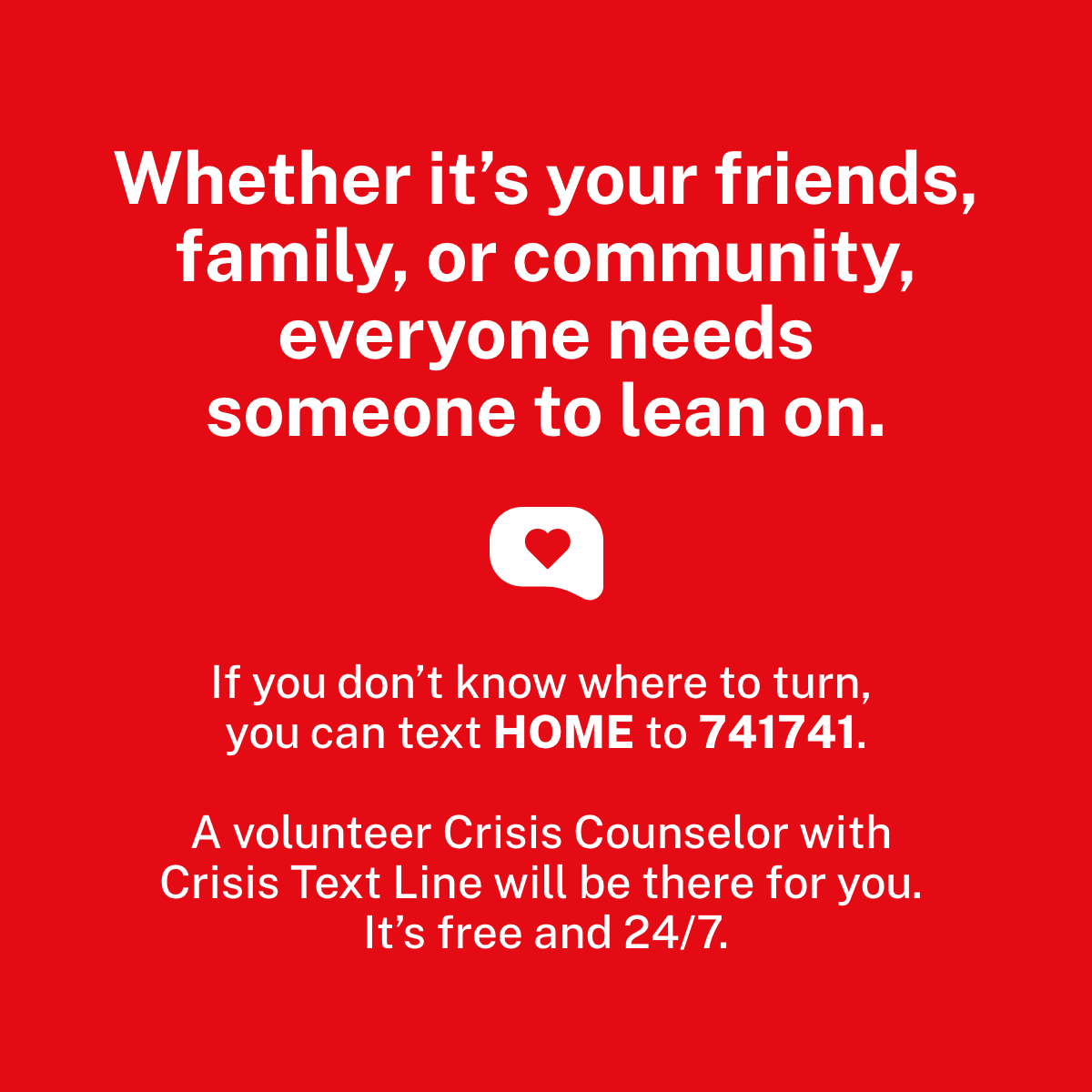Self-Injury / Self-Harm
Self-harm refers to a person's harming their own body on purpose. People who self-harm usually does not mean to kill themselves. But they are at higher risk of attempting suicide if they do not get help.
refers to a person's harming their own body on purpose. People who self-harm usually does not mean to kill themselves. But they are at higher risk of attempting suicide if they do not get help.
Self-harm tends to begin in teen or early adult years. Some people may engage in self-harm a few times and then stop. Others engage in it more often and have trouble stopping.
Examples of self-harm include:
- Cutting yourself (such as using a razor blade, knife, or other sharp object to cut the skin)
- Punching yourself or punching things (like a wall)
- Burning yourself with cigarettes, matches, or candles
- Pulling out your hair
- Poking objects through body openings
- Breaking your bones or bruising yourself
Many people cut themselves because it gives them a sense of relief. Some people use cutting as a means to cope with a problem. Some teens say that when they hurt themselves, they are trying to stop feeling lonely, angry, or hopeless.
It is possible to overcome the urge to hurt yourself.
There are other ways to find relief and cope with your emotions. Counseling may help.
Source: Mental Health.gov
Fact Sheets
Research & Statistics
- Cornell Research Program on Self-Injurious Behavior in Adolescents and Young AdultsThis site includes a variety of publications - bibliographies, fact sheets, reviews of academic literature - on self-injurious behavior.
- PubMed
PubMed comprises more than 20 million citations for biomedical literature from MEDLINE, life science journals, and online books. Citations may include links to full-text content from PubMed Central and publisher web sites.
- Suicide and Self-Harm Injury
This page from the National Center for Health Statistics briefly provides data on suicide, including firearms suicides, suffocation suicides, poisoning suicides.
